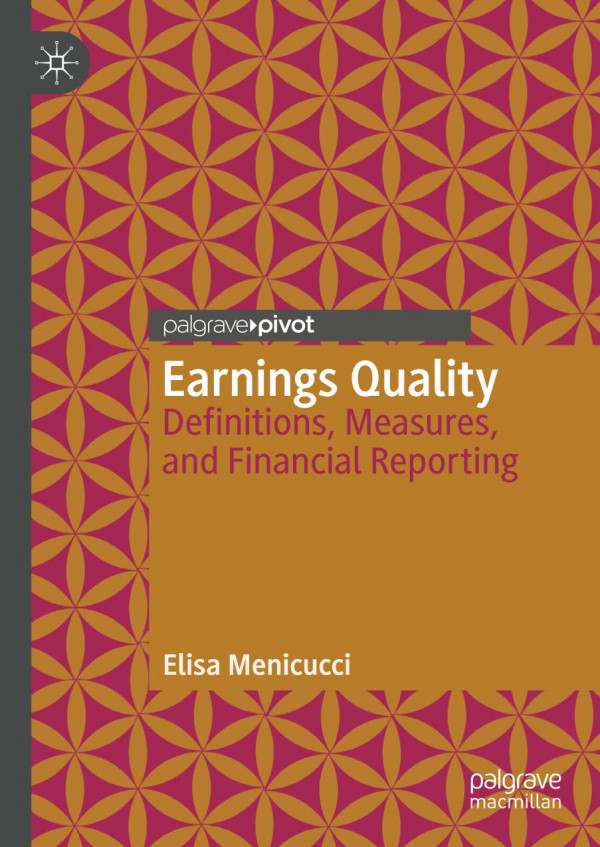

Most ebook files are in PDF format, so you can easily read them using various software such as Foxit Reader or directly on the Google Chrome browser.
Some ebook files are released by publishers in other formats such as .awz, .mobi, .epub, .fb2, etc. You may need to install specific software to read these formats on mobile/PC, such as Calibre.
Please read the tutorial at this link: https://ebookbell.com/faq
We offer FREE conversion to the popular formats you request; however, this may take some time. Therefore, right after payment, please email us, and we will try to provide the service as quickly as possible.
For some exceptional file formats or broken links (if any), please refrain from opening any disputes. Instead, email us first, and we will try to assist within a maximum of 6 hours.
EbookBell Team

4.8
84 reviewsThis book provides an overview of earnings quality (EQ) in the context of financial reporting and offers suggestions for defining and measuring it. Although EQ has received increasing attention from investors, creditors, regulators, and researchers in different areas, there are various definitions of it and different approaches for its measurement.
The book describes the relationship between EQ and earnings management (EM) since they can be considered related challenges, especially in the context of international financial reporting standards (IAS/IFRSs). EM occurs when managers make discretionary accounting choices that are regarded as either an efficient communication of private information to improve the informativeness of a firm’s current and future performance, or a distorting disclosure to mislead the firm’s true performance. The intentional manipulation of earnings by managers, within the limits allowed by the accounting standards, may alter the usefulness of financial reporting and lead to lower quality of earnings. The use of fair value in financial reporting has created a current debate about the impact it might have on EQ. At times, the high subjectivity in estimating fair value can allow opportunities for the exercise of management judgments and intentional bias, which can reduce the quality of financial reporting. Management discretion can result in high EM and hence in a reduction of EQ. Particularly during difficult financial periods, managers engage in EM to mask the negative effects of the turmoil, and in such circumstances accruals and earnings smoothing are attempts to reduce abnormal variations of earnings in such circumstances. This book is a valuable resource for those interested in wider perspectives on EQ and it adds to the research studies on this topic in the context of financial reporting.